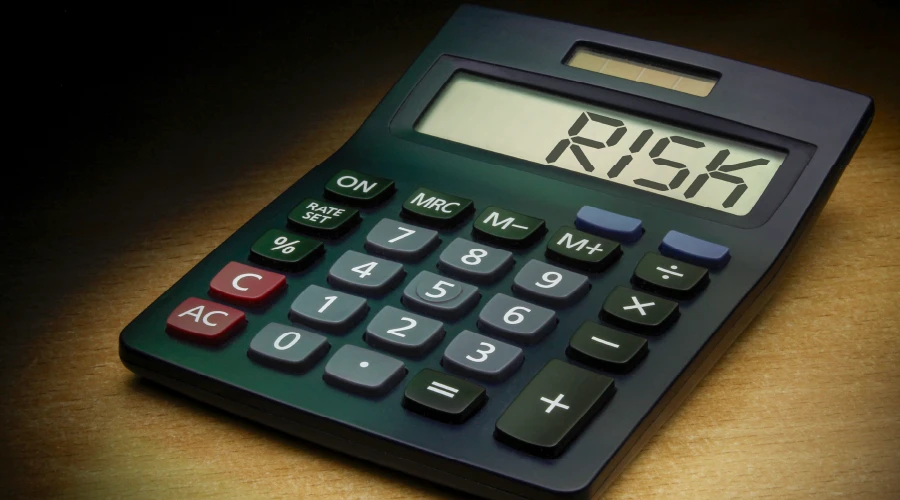Schedule your same-day X-ray now!
SMIL utilizes email and text notifications for scheduling, reminders, results, and feedback. We will never sell or share your information.
What is a risk number?
First let's be clear, a high breast cancer risk number doesn't mean a woman will certainly get breast cancer and a low breast cancer risk number does not mean it's impossible. For most women the average lifetime risk of developing breast cancer is 12 percent to 13 percent. A risk of 15 percent to 20 percent is "moderately increased" and above 20 percent is described as "high risk." It's a good idea to understand your breast cancer risk number now. The absolute best advice is to discuss your personal breast cancer risk with your own doctor.
Why should I know my breast cancer risk number?
SMIL and the American College of Radiology recommend getting your first mammogram at age 40 and then once a year after that. But recommendations vary between different Health Organizations and can be confusing. At-risk women are different and knowing your personal breast cancer risk number will help you make informed breast health choices.
There are three things that all the guidelines agree on (1) Mammograms save lives. (2) If you are at high risk for breast cancer do not delay past 40 (3) Combining a mammogram with a breast MRI is recommended for women at high risk.
How do I find my breast cancer risk number?
Every woman is unique and so SMIL calculates your personal risk as part of your first mammogram visit (and at very mammogram after that as risk can change over time). We recommend you get your mammogram with us at age 40, learn your risk, talk with your provider and end the confusion.
SMIL quickly and efficiently calculates your personal risk by asking a few questions about your family and medical history and running that through several risk assessment models at the same time.
You can get an idea of your risk number by clicking here: Risk Number (but please note this is not designed to replace the more in-depth assessment you receive from SMIL)

Why is breast MRI not recommended for screening all women?
Breast MRI is very safe and uses no radiation. When added to mammograms or breast ultrasounds, it catches more cancers but there are also more "false positives." A "false positive" is something that initially looks suspicious but turns out to be harmless after more tests or a biopsy. A breast biopsy is easier and more efficient than ever before but it is important you never have more tests than medically necessary.
Next Steps
If you think you're a candidate for breast MRI screening, talk with your doctor. You may need to work with your health insurance plan to get the test covered. Contact a SMIL facility for your breast screening or choose a facility that, like SMIL, has ACR accredited Breast Imaging Centers of Excellence, specialized breast MRI screening equipment and expert breast imaging Radiologists.
NORTH SCOTTSDALE
SOUTH SCOTTSDALE
PARADISE VALLEY
PHOENIX
PEORIA
MESA
GILBERT
FOUNTAIN HILLS